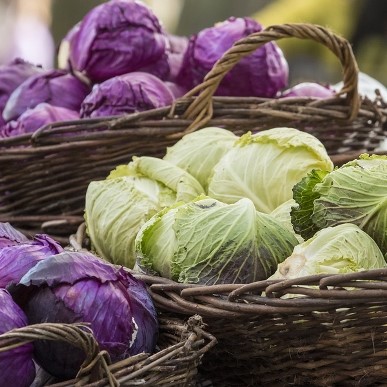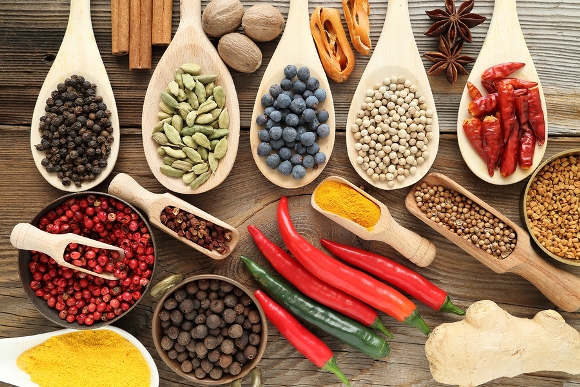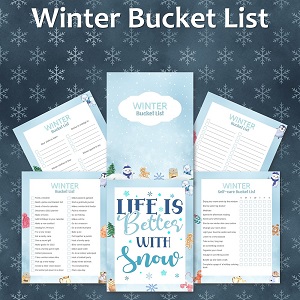Winter Cooking
Don’t you love all of the foods we cook in the winter time? All of the cookies and heavy stews and sauces. It’s so great, the ambiance those foods provide. But these foods tend to not be the most heart healthy foods. If you’re thinking about your health, but also want the sights and smells from your favorite winter foods, then you’ll want to follow these five steps to nutritious winter baking. Continue reading
 Cabbage is a versatile vegetable. There are a number of varieties which can be prepared in different cuisine styles. It can be served raw, boiled, steamed, stir-fried, braised, sautéed, prepared in a microwave or canned. Let’s concentrate on cooking with cabbage and see what can be learned.
Cabbage is a versatile vegetable. There are a number of varieties which can be prepared in different cuisine styles. It can be served raw, boiled, steamed, stir-fried, braised, sautéed, prepared in a microwave or canned. Let’s concentrate on cooking with cabbage and see what can be learned.
You may have avoided cooking cabbage because you know it can smell rather foul. The rotten egg smell, caused by hydrogen sulfide, is often the result of overcooking. You can avoid this smell by cooking your cabbage quickly rather than following a long, drawn out recipe. Of course, if you’re trying to make homemade sauerkraut, you may just have to resign yourself to the fact that the smell will linger. The method you choose to cook cabbage can also have an effect on whether or not it causes a stink.
Did you know there are over 400 varieties of cabbage? Obviously your local grocery store isn’t going to have every variety, but you may be able to find some of these: Continue reading
Using ingredients that are in season is sensible and an inexpensive way to cook. This goes for the spices too. Take advantage of those in-season spices and really make your winter cooking great. Here’s how to spice it up with winter spices. Continue reading







